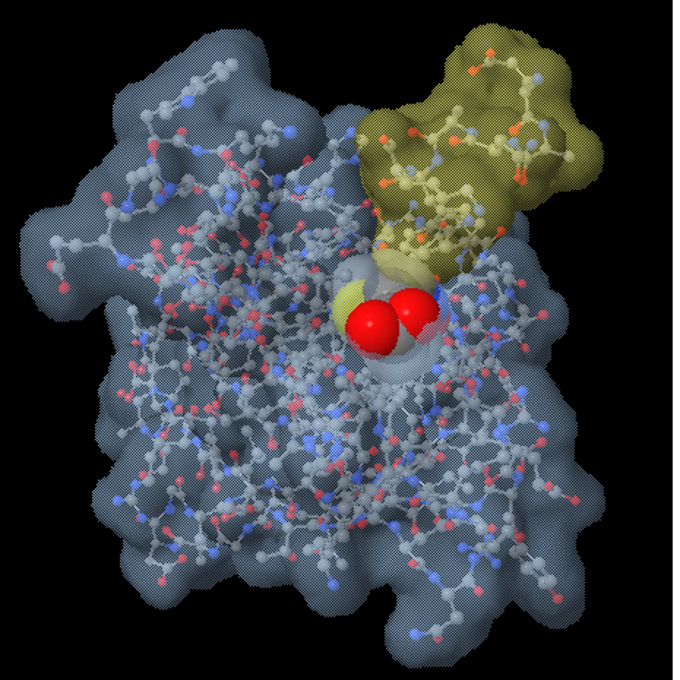

While soluble FAP may be measured in serum, tissue-level FAP expression can only be measured from tissue biopsy, limiting its value as a biomarker of progressive fibrosis (Fig. Moreover, elevated FAP-positive cardiac fibroblasts have been identified in experimental pressure overload heart failure in mice after transverse aortic constriction, suggesting a concurrent role in interstitial as well as replacement fibrosis. FAP expression is influenced by cytokines like transforming growth factor-β, also associated with migration and transdifferentiation of quiescent cardiac fibroblasts.

Expression of the prolyl-specific serine peptidase fibroblast activation protein (FAP) is a hallmark of activated fibroblasts as seen after myocardial infarction. While myofibroblasts are traditionally identified by expression of α-smooth muscle actin localized to the infarct region, growing evidence implicates transitional states of activated cardiac fibroblasts that migrate to the infarct border zone and participate in wound healing. After experimental myocardial infarction, resident cardiac fibroblasts undergo rapid proliferation and differentiation reaching maximum concentrations at 2–4 days after injury. These active cells secrete extracellular matrix proteins including collagen that are essential for effective wound healing. Quiescent cardiac fibroblasts respond to tissue injury undergoing phenotypic changes and differentiation to active cell types including myofibroblasts. But measuring cardiac fibroblast activation and response to novel targeted anti-fibrotic therapy is hindered by the lack of non-invasive markers of adverse cardiac fibroblast activity. Recent evidence in mouse models of cardiac fibrosis suggests the capacity to selectively target activated fibroblasts to arrest or even reverse reactive fibrosis. As such, activated cardiac fibroblasts are an attractive therapeutic target to modulate the remodeling process and improve functional outcomes. In conditions of cardiac damage, the proportion of fibroblasts changes which contribute to adverse remodeling of the left ventricle characterized by replacement fibrosis or scar formation and reactive or interstitial fibrosis.

Recent single-cell RNA sequencing studies identify 15–20% of cells in the adult heart as cardiac fibroblasts, which themselves constitute a range of different functional populations from quiescent to active structural remodelers. The heart comprises a mosaic of cellular subtypes that help maintain myocyte structure and contractile function.


 0 kommentar(er)
0 kommentar(er)
